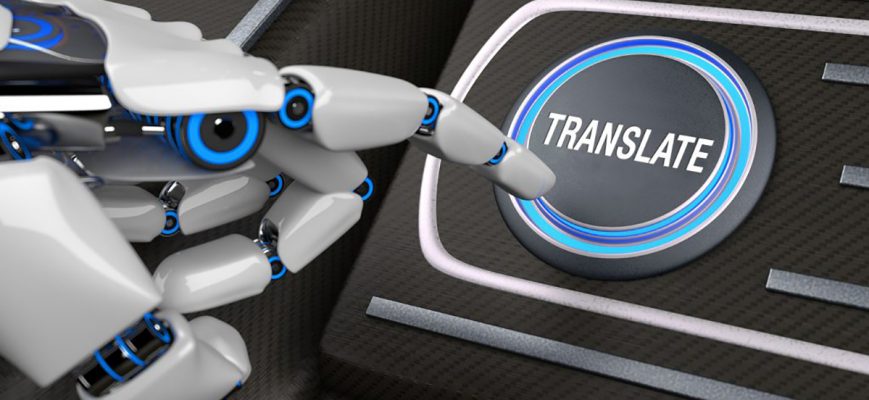Machine Translation Post-Editing: What is it, and is it worth it?
Technology changes our world every day, and some industries are affected more than others: old familiar jobs disappear, new jobs emerge; people have to adapt, and some even end up changing specialties. Machine translation has had a great influence on the translation industry, forcing many translators to adapt the way they work, but also providing customers with a wider variety of options to suit their needs. In this article, we’ll take a quick look at what machine translation post-editing (MTPE) is, and the pros and cons. And, more importantly, when it is the best option for you — and when it is not.
What is Machine Translation Post-Editing?
Machine Translation Post-Editing, or MTPE, is a blend of machine translation and human translation. As you can probably guess from the name, it involves an initial machine translation, followed by post-editing performed by a human translator/editor.
The initial translation is produced by translation software, which can save time significantly on bulk tasks. Then human translators work on the text to produce the final version. They make sure it is linguistically and stylistically correct, and that it is an accurate representation of the original document.
Post-editing can be light: correcting mistakes and reviewing some of the language choices, and making sure that the resulting text is comprehensible. Full post-editing goes much deeper, editing the text for accuracy, clarity, flow, as well as local resonance.
Pros and cons of Machine Translation Post-Editing
By combining human and machine translation, MTPE seems to reap the benefits of both:
- It’s faster than manual translation
- It is quite affordable
- It’s more accurate than machine translation alone, with better form and quality, and higher cultural sensitivity
However, it has a couple of significant cons, or at least peculiarities, that you should consider when you are choosing a translation option:
- The format and quality of the original text are important. For instance, if your text is handwritten, you will need to transcribe it into electronic format first. In this case, MTPE might actually take longer than manual translation. If the text is inconsistent in style or terminology, it may not be well-suited for the initial machine translation.
- MTPE relies heavily on the quality of the initial machine translation. If the original text has been translated poorly, editing might take the human translator even longer than translating it manually would have.
Is it worth it?
The last point in the ‘cons’ section is very important to consider. Even though machine translation is constantly developing, there are still many things machines can’t translate or translate badly. For example, subtext and emotions, sarcasm and irony, nuanced meanings and contexts, and irregularities common for some slang and dialects… If a text is heavily reliant on such things, it can be a nightmare to edit after machine translation — taking longer, making it more costly, but also potentially losing some quality.
Machine Translation Post-Editing is a great option for bulk translations of fairly regular texts, without too much emotional or figurative language (think reports, manuals, some website content). It produces higher quality texts than machine translation alone, while remaining relatively fast and affordable.
However, manual translation still produces the highest quality results, and it is worth investing a bit more time and money, especially when it comes to important and/or sensitive documents.
In addition, there are other specific issues regarding Machine Translation for website copy, for example: Why you should never use Machine Translation on your website.

